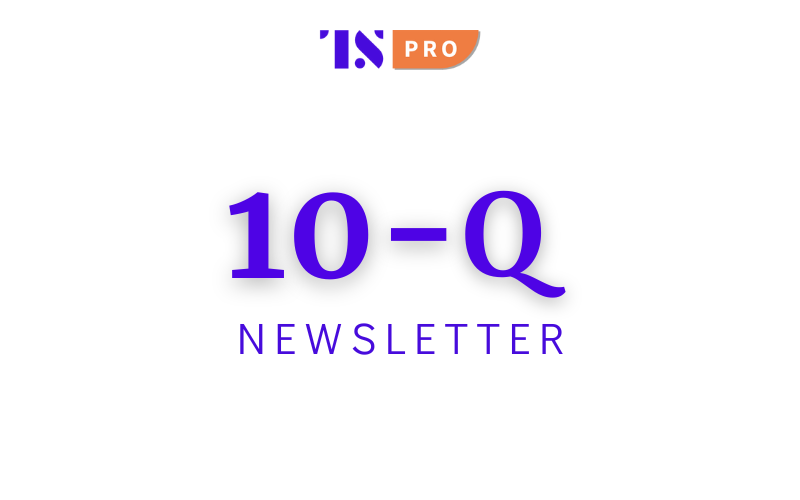Is KeyBank the missing link in Scotiabank’s US market expansion strategy?
- Earlier this month, Scotiabank agreed to a $2.8 billion investment in KeyCorp.
- Unlike most Canadian banks that opt for full acquisitions, Scotiabank’s minority stake in a US bank is a more cautious move. We explore why.

What happens when the 18th-largest US bank offloads some of its stake to Canada’s third-biggest bank
When SVB went under last year, it sent shockwaves through the US financial services industry, impacting every player in some way. Regional banks, however, were hit the hardest.
As soon as SVB’s troubles surfaced, regional bank stocks tumbled and have lagged behind the broader US equity market ever since. A year on, the landscape for small banks hasn’t changed much. They are still grappling with declining net interest income, and compelled to offer higher rates to depositors even as borrower demand remains sluggish. Even KeyBank, positioned 18th among US banks with assets of about $185.23 billion, found itself on the losing end of last year’s financial turmoil.
Despite the challenges at home, the situation has become a gateway for international players seeking to expand in the competitive US market. Scotiabank, Canada’s third-largest bank with around $1.2 trillion in assets, is among those capitalizing on the opportunity.
The deal
Earlier this month, Scotiabank agreed to a $2.8 billion investment in KeyCorp, the holding company for KeyBank. Scotiabank plans to buy 14.9% of KeyCorp or about 163 million shares of KeyCorp’s common stock in two installments: an initial $800 million investment and a further $2 billion, subject to the Federal Reserve’s approval.
The initial installment is expected to close by the end of Scotiabank’s fiscal fourth quarter in October, with the remaining amount to be finalized in fiscal 2025.



